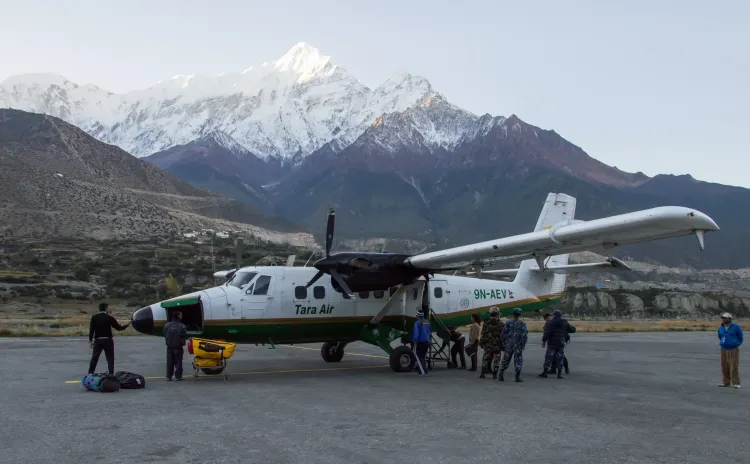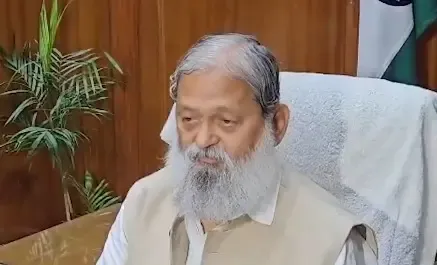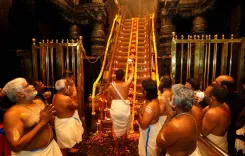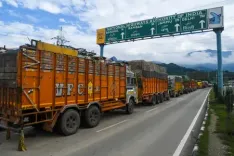Has Nepal Relaxed Fee Regulations for Foreign Tourists in the Sensitive Upper Mustang Region?

Synopsis
Key Takeaways
- New fee structure: $50 per person per day for Upper Mustang.
- Previous fee: $500 for a 10-day visit has been eliminated.
- Response to local demand: Aimed at boosting tourism as per local requests.
- Geopolitical sensitivity: Upper Mustang's location near the Nepal-China border remains a factor.
- More flexibility: Allows for shorter stays without incurring high fees.
Kathmandu, Nov 20 (NationPress) Nepal has announced a significant change in the fee structure for foreign visitors interested in exploring the Upper Mustang region of western Nepal. Known for its stunning landscapes, this area is also geopolitically sensitive due to its location near the Nepal–China border.
A recent cabinet meeting resolved to eliminate the previous flat fee of US$ 500 per person for a 10-day visit, replacing it with a more flexible fee of US$ 50 per person per day, or its equivalent in foreign currency.
This decision aims to boost tourism in the region following requests from local communities and tourism stakeholders. Ananda Kafle, spokesperson for the Home Ministry, informed IANS that the revised fee structure is based on the duration of stay, allowing visitors who wish to stay for shorter periods to avoid the higher charge. "Local residents and tourism businesses have been advocating for a relaxed policy to draw more foreign tourists to the area," he stated.
The Upper Mustang region has been one of the most controlled areas for foreigners since the 1970s, owing to its historical significance when Tibetan Khampa rebels used it as a launchpad for their struggle against Chinese governance in Tibet. The insurgency, reportedly backed by the Central Intelligence Agency (CIA), was ultimately suppressed by the Nepal Army after complaints were made by China.
In addition to Upper Mustang, 14 other regions in districts adjacent to China—such as Taplejung, Sankhuwasabha, Solukhumbu, Dolakha, Rasuwa, Gorkha, Manang, Dolpa, Mugu, Humla, Bajhang, and Darchula—have been classified as restricted areas, necessitating special permits and fees for foreign visitors.
The latest decision from the Nepali government has been welcomed by tourism entrepreneurs. "There aren't sufficient attractions in Upper Mustang to keep foreign tourists occupied for a full 10 days," remarked Karma Sherpa, Senior Vice-President of the Trekking Agencies’ Association of Nepal. “For most visitors, three days is adequate, and imposing a US$ 500 fee is impractical if we aim to increase tourist numbers in the area."
He added that tourism operators have long urged the Nepali government to ease the fee regulations for access to restricted areas, including Upper Mustang.









